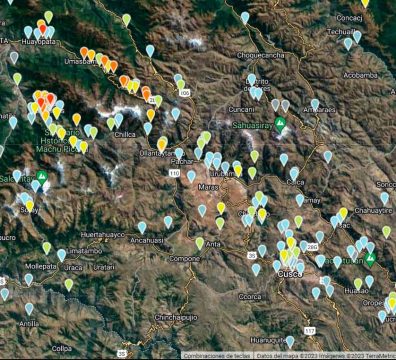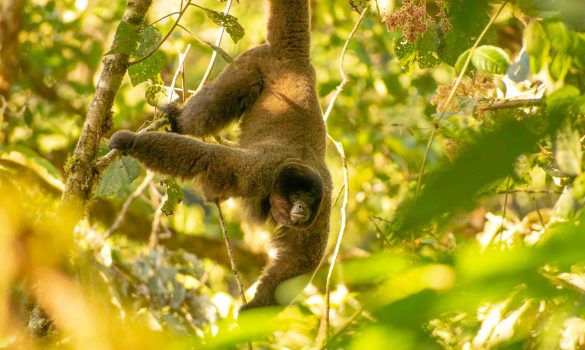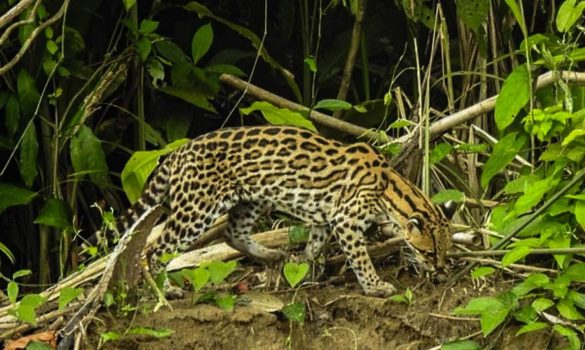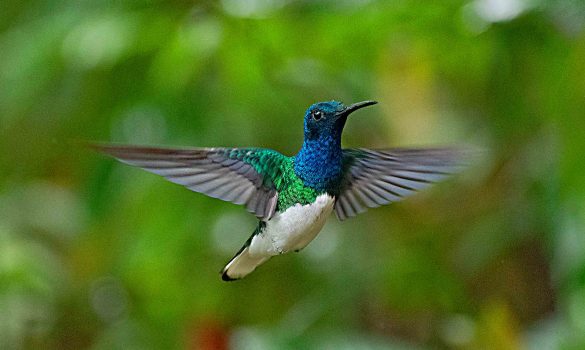- +51 992 860 327
- info@neotropicperu.com
Huacarpay Birding Full Day Tour
Grow Your Bird List
Duration
01 Day
From
150
Max. Altitude
11,200 ft - 3,413 m.
Difficulty
Easy
Huacarpay Birding Full Day Tour Description
Huacarpay Lake hosts nearly 60 resident avian species and serves as vital resting grounds for migratory birds, providing food and refuge for threatened species like storks and falcons. Other notable birds include the Bearded Mountaineer, Rusty-fronted Canastero, Yellow-winged Blackbird, and the elusive Plumbeous Rail. Additionally, the area is home to several species of flycatchers, ducks, and Frigillidae family members. As the day warms up, you may spot some of the seven species of raptors taking flight.
The Huacarpay Lagoon, San Salvador, and Wetlands are situated at an altitude of 3,020 meters, form a High-Andean wetland with four permanent and one temporary lagoon. This area is part of the Pikillaqta Archeological Park and the National Tourist Reserve. The upper northern part of the wetland boasts various Inca and pre-Inca remains, including terraces once used by the inhabitants of Pikillaqta citadel.
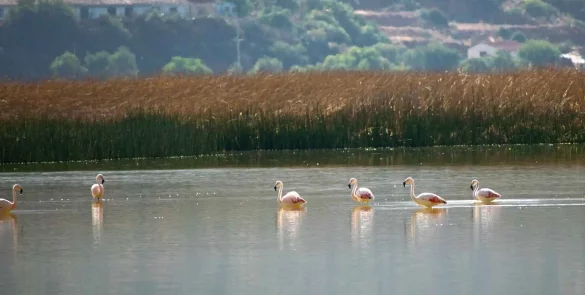
Chilean Flamingo
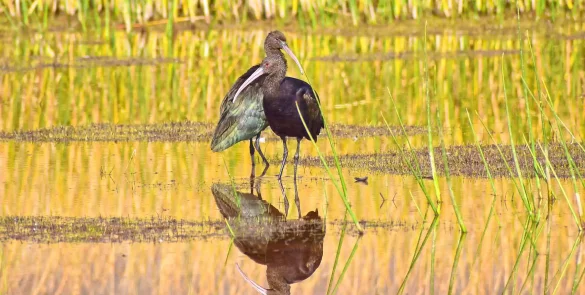
Puna Ibis
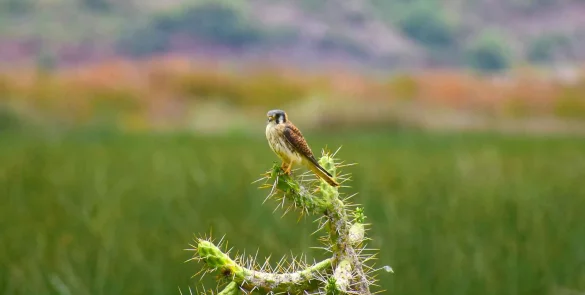
American Kestrel
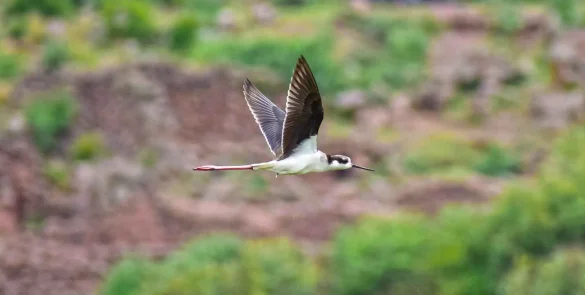
Black necked stilt
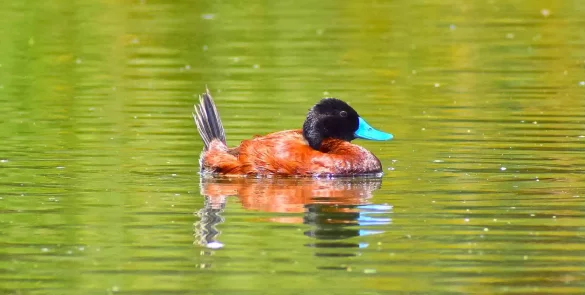
Andean Duck
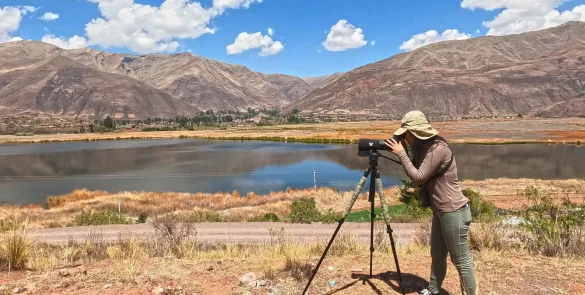
Huacarpay Birding
Trip Highlights
- Encounter a rich array of birdlife, with nearly 60 resident species and endemics.
- Witness the vital resting grounds for migratory birds.
- Explore Pikillaqta Archeological Park the Inca and pre-Inca remains.
- Immerse yourself in the serene beauty of Huacarpay Lagoon.
Itinerary
» Huacarpay Birding Full Day Tour
In the morning, we will depart from Cusco and travel 30km to the stunning Huacarpay Lake. Here, we will enjoy a picnic lunch while observing a diverse array of Andean and wetland birds. Look out for typical highland passerines such as the Blue-and-yellow Tanager, Rusty and Black-throated Flowerpiercer.
We are likely to witness the spectacular and endemic Bearded Mountaineer feeding in Nicotianas flowering bushes near the lake—a hummingbird species restricted to just a few arid valleys. Additionally, we may encounter a variety of bird species, including the White-tufted Grebe, Yellow-Billed, Puna and Cinnamon Teals, Yellow-billed Pintail, Andean Duck, Cinereous Harrier, Black-chested Buzzard-Eagle, Variable Hawk, Plumbeous Rail, Puna Ibis, Andean Coot, Andean Lapwing, Andean Gull, Andean Flicker, Andean Negrito, the impressive Giant Hummingbird, Sparkling Violetear, Black-tailed and Green-tailed Trainbearers, the endemic Rusty-fronted Canastero, Streak-fronted Thornbird, Wren-like Rushbird, Many-colored Rush Tyrant, White-crested Elaenia, Yellow-billed Tit-Tyrant, White-browed Chat-Tyrant, Rufous-naped and Spot-billed Ground-Tyrants, Greenish Yellow-Finch, Peruvian Sierra-Finch, Mourning Sierra-Finch, Golden-billed Saltator, Yellow-winged Blackbird, Hooded Siskin, and many more.
After our time at Huacarpay Lagoon, we will drive to San Salvador. In the late afternoon, we will return to Cusco after a fulfilling day of birdwatching.
Included:
- Specialized bird guide.
- Entrances.
- Picnic Lunch.
- Snacks, Mineral Water.
- Private transport.
Not included:
- Tips, Extra expenses.
- Binoculars.
- Binoculars.
- Small back pack and confortable shoes.
- Rain jacket or poncho (December – April).
- Hat or cap to protect you from the sun.
- Sun block (sun protection cream).
- Snacks, chocolate, dried fruit, etc.
- Camera, plenty of film and batteries.
- Sunglasses
- Extra Money (soles).
What makes Huacarpay Lake special for birding?
Huacarpay Lake is an important wetland habitat, home to over 150 bird species including migratory birds and endemic species like the Bearded Mountaineer making it an exceptional destination for birdwatchers.
What major bird species can be spotted at Huacarpay Lake?
Some major bird species that can be seen are Andean ducks, many different grebes including White-tufted Grebe, various hummingbirds, lapwings, plovers, sandpipers and other shorebirds, falcons, swallows, Andean gulls and even the majestic Andean condor.
What amenities should I expect on the full day tour?
The full day tour includes hotel pickup and drop-off, an experienced birding guide, all entrance fees, lunch, access to spotting scopes, private transport to multiple birding hotspots around the lake.
How much hiking is involved on this tour?
There are short optional walks of no more than 30 minutes at a time. The tour mostly involves birdwatching from strategic vantage points that require little walking, making it suitable for most fitness levels.
What should I wear and bring?
Wear layers and closed-toe shoes for the weather, sunglasses and hat for sun protection. Bring binoculars and camera if you have them. Carry water, snacks, and motion sickness or altitude pills if susceptible.
What is the best time of day to see the most birds?
The early morning hours tend to be most ideal for abundant bird sightings. That's when birds are most active feeding, breeding and staking out territory. Late afternoons can also be productive.
Will I learn to identify different bird species?
Yes, an experienced birding guide will point out unique field marks to identify various ducks, swallows, grebes, shorebirds and more. Reference charts, info packets and sighting logs help track the many species. You'll come away able to recognize numerous new birds!

